Esophageal cancer in Barret’s Esophagus: Can Artificial-intelligence (AI) based models help in early detection?
ABSTRACT NUMBER: FEGGETTER MEDAL FOR SENIOR TRAINEES (ST3+)_4
AUTHOR
Khalid Munir Bhatti
MAIN ABSTRACT TEXT
Introduction
Barret’s oesophagus (BE) is a precursor of adenocarcinoma of oesophagus. Detection of high-grade dysplasia and adenocarcinoma at an early stage can improve survival but is very challenging. Artificial intelligence (AI) based models have been claimed to improve diagnostic accuracy. The aim of the current study was to carry out a meta-analysis of papers reporting results of artificial intelligence-based models used in real-time white light endoscopy of patients with BE to detect EOAC.
Methods
After the literature search, titles and abstracts were screened. Quantitative and qualitative data were extracted and were analyzed using MetaDTA.
Results
A literature search revealed 171 relevant records. After removing duplicates, 117 records were screened. Full-text articles of 28 studies were assessed for eligibility. Only 3 studies reporting 4 datasets, met the inclusion criteria. The summary sensitivity and specificity of AI-based were 0.90 (95% CI, 0.83- 0.944) and 0.86 (95% CI, 0.781-0.91), respectively. The area under the curve for all the available evidence was 0.88.
Conclusion
Collective evidence for the routine usage of AI-based models in the detection of EOAC is encouraging but is limited by the low number of studies. Further prospective studies reporting the patient-based diagnostic accuracy of such models are required.
